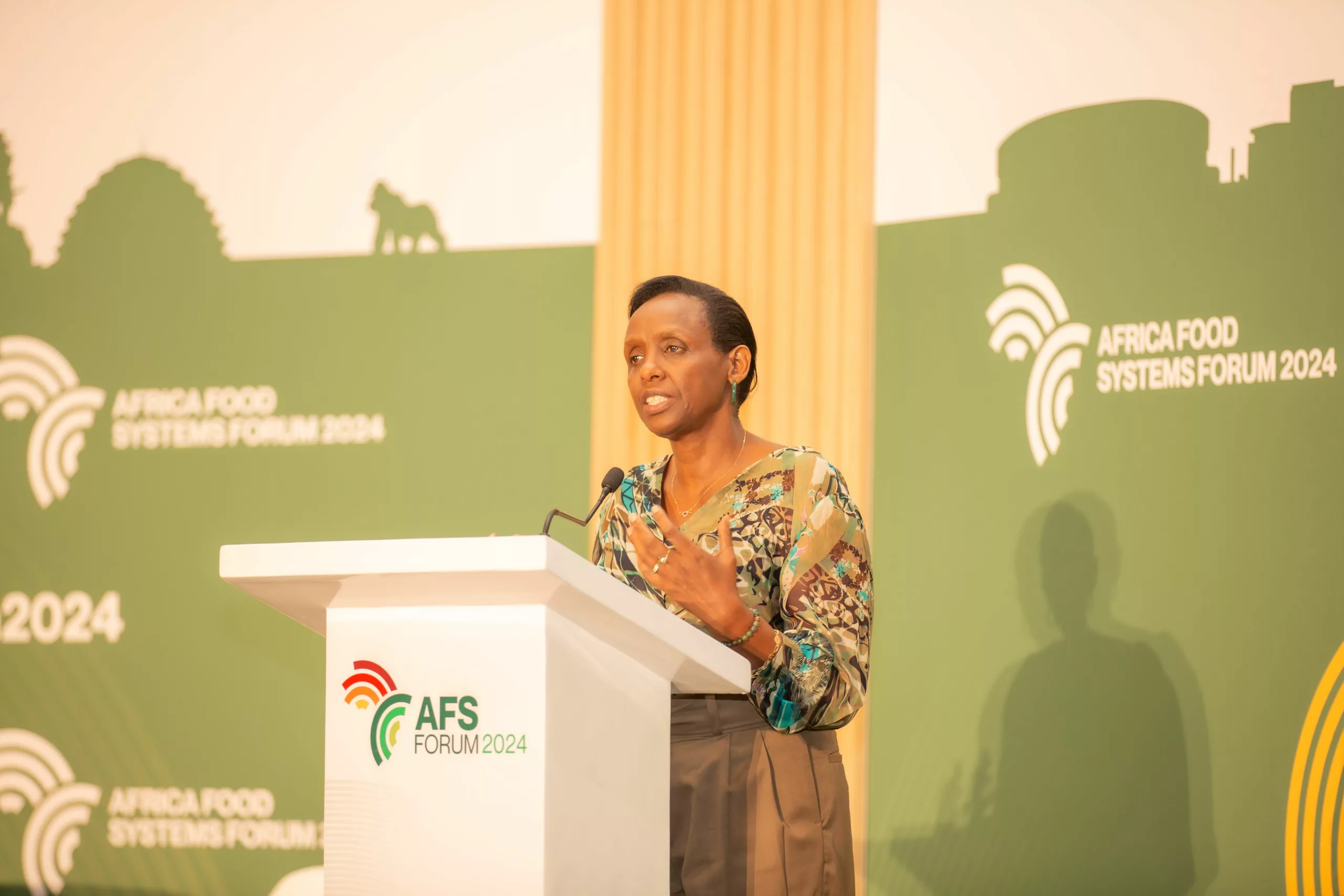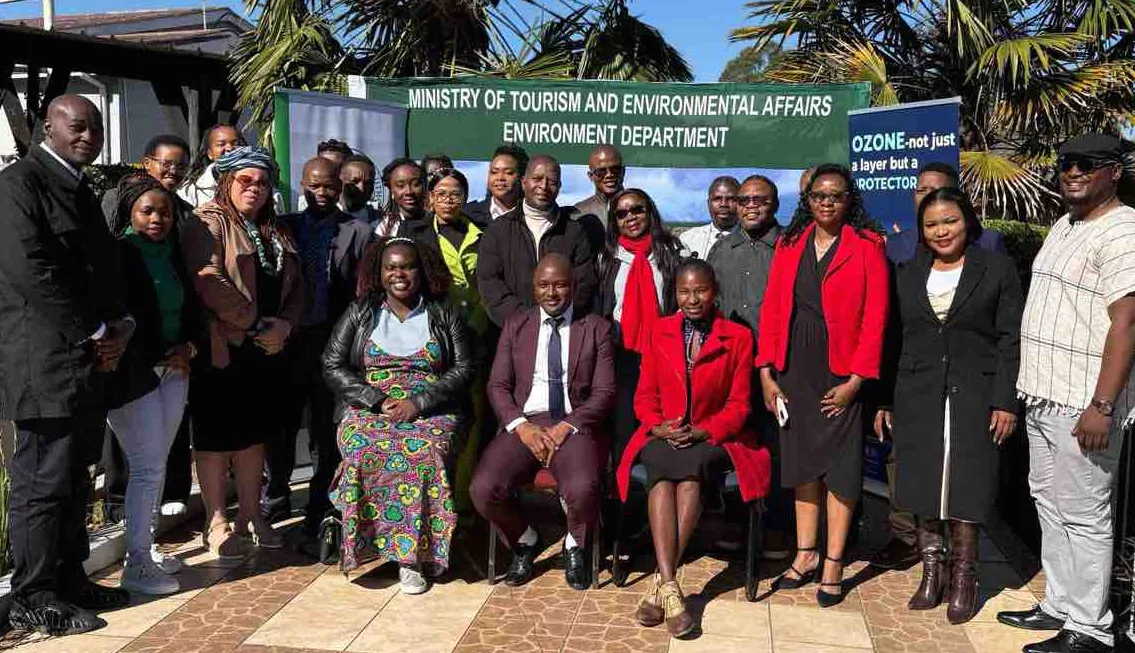|
Getting your Trinity Audio player ready...
|
The Alliance for a Green Revolution Africa (AGRA) has offered recommendations for strategic priorities for Improving Fertilizer Subsidy Programmes in Africa (FSP).
Available evidence indicates that FSPs in Africa have generated several positive impacts, notably by bolstering agricultural productivity, augmenting farmers’ incomes, and fortifying food security. These impacts have come at a high cost and would appear to be fiscally unsustainable. They also crowd out investment in other areas critical to agricultural development (e.g., agricultural research and extension).
These fiscal challenges alongside the unanticipated consequences stemming from a lack of adherence to the principles of “smart” subsidy design underscore the imperative for recalibration. Among these unintended outcomes are disruptions in commercial sales, logistical inefficiencies in distribution, market distortions, and increases in public debt – all of which necessitate a strategic shift in approach.
To effectively address these challenges, AGRA argues that “smart” fertilizer subsidy programs must not only stimulate new demand for fertilizers but also nurture existing supply chains to promote sustainability and market viability.
Uptake of AGRA Recommendations to Strengthen FSPs
AGRA Recommendations for Improving FSP Design
Smart design of FSPs should: (i) stimulate new demand and promote the growth of existing supply chains for fertilizer without displacing existing commercial sales; (ii) encourage competition in fertilizer distribution channels and thereby promote efficiency in fertilizer use; and (iii) be temporary with clear exit strategies.
AGRA’s 2016/17 recommendations to improve FSP design had short-term and long-term aims. In the short term, AGRA sought to help the countries improve the effectiveness of the programmes by clarifying the objectives, eligibility criteria, targeting, exit strategies, and M&E systems. Over the long- term, AGRA sought to encourage countries to replace input subsidies with other forms of support. Specific recommendations fell into three clusters:
- Enhancing clarity in programme objectives and associated beneficiary eligibility criteria, improving graduation and exit strategies, and strengthening monitoring and evaluation frameworks and systems;
- Linking FSPs to soil health by scaling soil testing and nutrient deficiency mapping toward soil- specific and crop-specific input packages, and by establishing or boosting local production and blending capacity; and
- Designing FSPs in congruence with other long-term agricultural and rural development investments (e.g., in agricultural R&D, extension services, and infrastructure).
Cluster 1 aimed at improving the precision, efficiency, and effectiveness of FSPs. Clusters 2 and 3 stemmed from the need to sustain FSP outcomes and impacts beyond the durations of given programmes.
Uptake and implementation of the recommendations is incomplete, with Mozambique and Uganda showing greatest implementation progress across most of the recommendations. At the other extreme, Burkina Faso, Kenya, Mali, and Tanzania exhibit limited uptake. Ghana, Malawi, and Rwanda lie in between the two extremes, with moderate to strong implementation.
AGRA Recommendations for Improving FSP Delivery
Smart delivery of fertilizer in FSPs hinges on: (i) clarity in targeting criteria and alignment of these criteria with clearly defined programme objectives, aiming to avoid errors of exclusion and inclusion, and to minimize diversion and misuse; (ii) clarity in the roles assigned to key public, private, and actors and stakeholders, backed by adequate administrative and implementation capacity; (iii) relevance, effectiveness, and sustainability of resource transfer modalities, including in-kind, cash, digital cash, physical vouchers, and electronic vouchers (e-vouchers); (iv) relevance, effectiveness, and sustainability of systems for distributing and accessing the transferred resources; and (v) timeliness and adequacy of delivered and acquired quantities of fertilizer, aiming to avoid crowding out of the private sector.
- AGRA’s 2016/17 recommendations to improve FSP delivery had short-term and long-term objectives. In the short term, AGRA sought to help countries improve the effectiveness of programmes by supporting the use of private sector delivery models, applying digital systems for transparency, and implementing enhanced M&E systems to monitor the effectiveness of the programme. Over the long term, AGRA sought to encourage countries to replace input subsidies with other forms of support. Specific recommendations fell into five clusters:
- Promoting the use of modern information and communication technology (ICT) tools in fertilizer delivery, including the development of databases of eligible farmers by location and crop;
- Strengthening the capacity of agrodealers to take a leading role in the procurement and distribution of inputs;
- Scaling up innovative financing mechanisms for fertilizer distribution; and
- Establishing and operationalizing fertilizer regulatory frameworks and
Alignment with the recommendations is incomplete. The greatest progress has been made in the deployment of ICT in monitoring input distribution and subsidy management, with systems having been rolled out in 6 of the 11 examined countries. Uptake has been lowest in scaling up innovative financing mechanisms for fertilizer distribution, with significant progress made in only 2 of the 11 countries (Ethiopia and Nigeria, neither of which implemented fertilizer subsidies over this period) and small-scale piloting in another two (Malawi and Mozambique).
AGRA Recommendations for Improving FSP Policy and Regulatory Frameworks
Fertilizer industries are shaped and governed by policies, acts, laws, and regulations. Fertilizer policies establish broad guidelines for the industry and establish related initiatives, such as capacity-building programmes and subsidies. Fertilizer acts and laws prescribe a legally binding framework with rights and obligations concerning manufacturing, importation, distribution, marketing, storage, labelling, trade, and use of fertilizers. Acts and laws also stipulate regulatory and governance structures and create enforcement measures with penalties for failure to comply with provisions. Units or departments with administrative authority may be created under the acts or laws. Fertilizer regulations articulate how the general rights and obligations embodied in acts and laws are to be applied in practice, encompassing guidelines for registration of products and businesses, standard setting, product packaging and labelling, warehousing, quality inspection and monitoring procedures, and penalties and enforcement (Ariga et al., 2018; New Markets Lab, 2017).
AGRA’s 2016/17 recommendations were that countries should: (i) develop policy and legal statutes (fertilizer policies and laws) frameworks on agricultural inputs; (ii) outline regulations and/or standards on fertilizer production, importation, transportation, storage, distribution, use and health hazards; and (iii) unify all fertilizer-specific policies, laws, and regulations under one organization (Mbonigaba et al., 2016). Full implementation has been achieved in Ethiopia, Mozambique, and Tanzania; limited implementation has occurred in Malawi, Nigeria and Rwanda. Burkina Faso, Ghana, Kenya, Mali, and Uganda show varying degrees of partial implementation.
Full implementation has been achieved in Ethiopia, Mozambique, and Tanzania; limited implementation has occurred in Malawi, Nigeria and Rwanda. Burkina Faso, Ghana, Kenya, Mali, and Uganda show varying degrees of partial implementation.
All countries (except Kenya and Malawi) have developed and operationalized fertilizer policies. A few (Ethiopia, Mali, Malawi, Mozambique and Tanzania) have stand-alone fertilizer acts/laws. Ghana, Kenya and Rwanda have fertilizer laws combined with other products (like seeds, agrochemicals or animal feeds) in single acts, while Nigeria has a variety of fertilizer regulations operationalized by different organizations. Nigeria and Uganda are developing fertilizer laws. Malawi’s recently developed fertilizer law has yet to be supported by operational infrastructures. Only Malawi, Nigeria and Uganda are yet to develop fertilizer regulations.
Fertilizer standards are central in regulatory systems and are managed differently across countries. In Ghana, Kenya, Nigeria and Rwanda, fertilizer standards are prescribed in the Standards Acts. In Ethiopia and Tanzania, they are contained in the fertilizer legislation. The status in Burkina Faso, Mal and Malawi. Uganda is in the process of developing standards as part of its new fertilizer policy.
Special Cases: Ethiopia and Nigeria
AGRA’s 2016/17 recommendations applied only partially to Ethiopia and Nigeria. Ethiopia’s input voucher programme is not a subsidy programme but rather a farm input credit programme, where farmers leverage vouchers to access credit from microfinance institutions and cooperative unions for purchases fertilizers, seeds and agrochemicals based on recommendations drawn from a comprehensive detailed soil map providing up-to-date soil fertility data.
In 2022, 8.3 million farmers accessed 1.5 million MT of fertilizer through the programme. In 2022, with the sharp increase in fertilizer prices due to the war in Ukraine, the Government introduced a subsidy of 37.5 percent of the value of the ETB 40 billion input voucher programme to cushion targeted farmers from the price surge. Nevertheless, the central market-driven features of the initiative remain intact.
In Nigeria, there has been no direct subsidy for fertilizer use since 2016. Rather, using subsidized locally sourced urea and limestone granules, the programme aims to enhance the availability and affordability of fertilizers through financial and trading incentives that boost local production of various blends of NPK fertilizer at a reduced cost. The number of fertilizer manufacturing and blending facilities in Nigeria increased from 7 in 2015 to 48 in 2022, leading to a significant reduction in fertilizer imports.
The approaches taken by these two countries suggest significant potential for expanding and deepening fertilizer systems while reducing or repurposing fertilizer subsidies. Successful innovations center on: (i) leveraging input vouchers for enhanced access to financing and credit to acquire fertilizer and other improved inputs (as in Ethiopia); and (ii) financial and trading incentives that boost local production, blending, and distribution of fertilizer, thereby stabilizing supply and reducing cost (as in Nigeria). Realizing such potential requires strong and transparent public sector leadership alongside sustained engagement and support to the private sector and to research and extension systems, aiming to overcome structural and regulatory impediments to scaled private investment in fertilizer systems.






